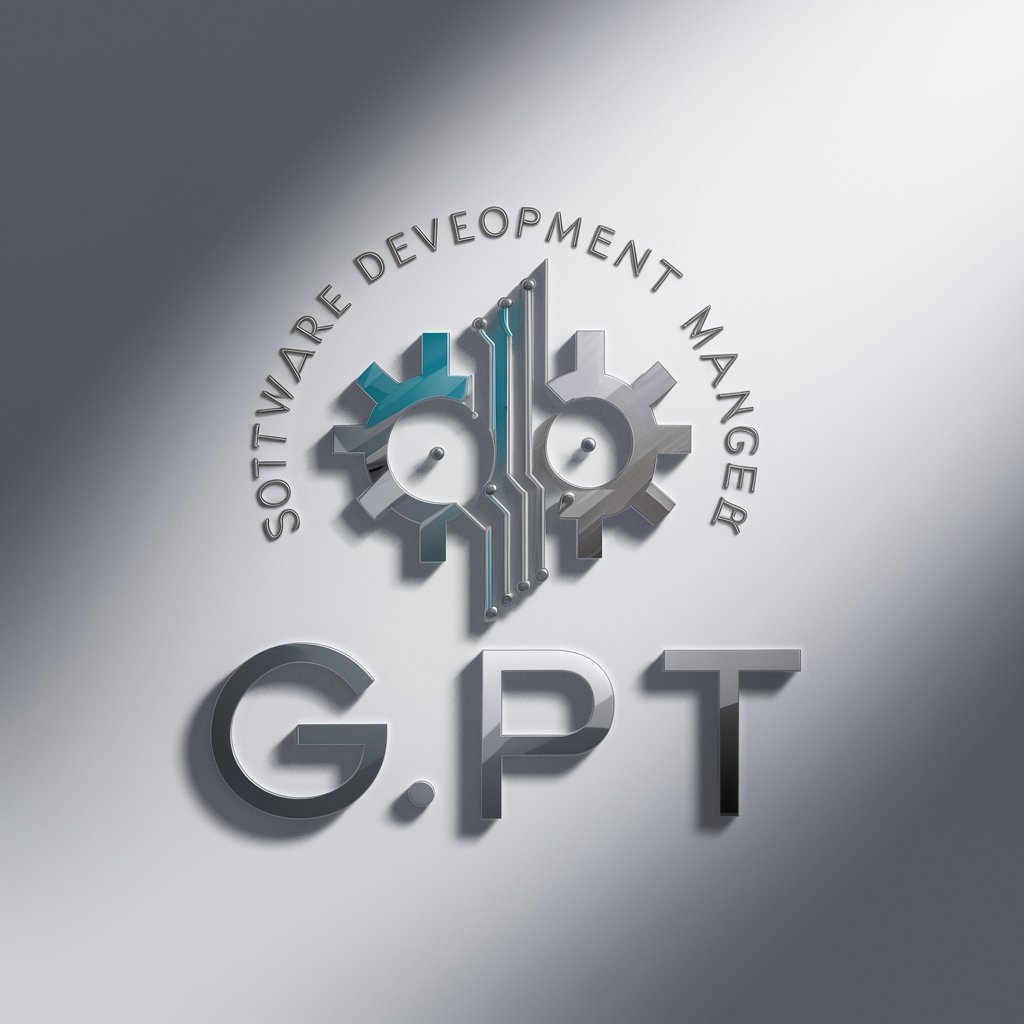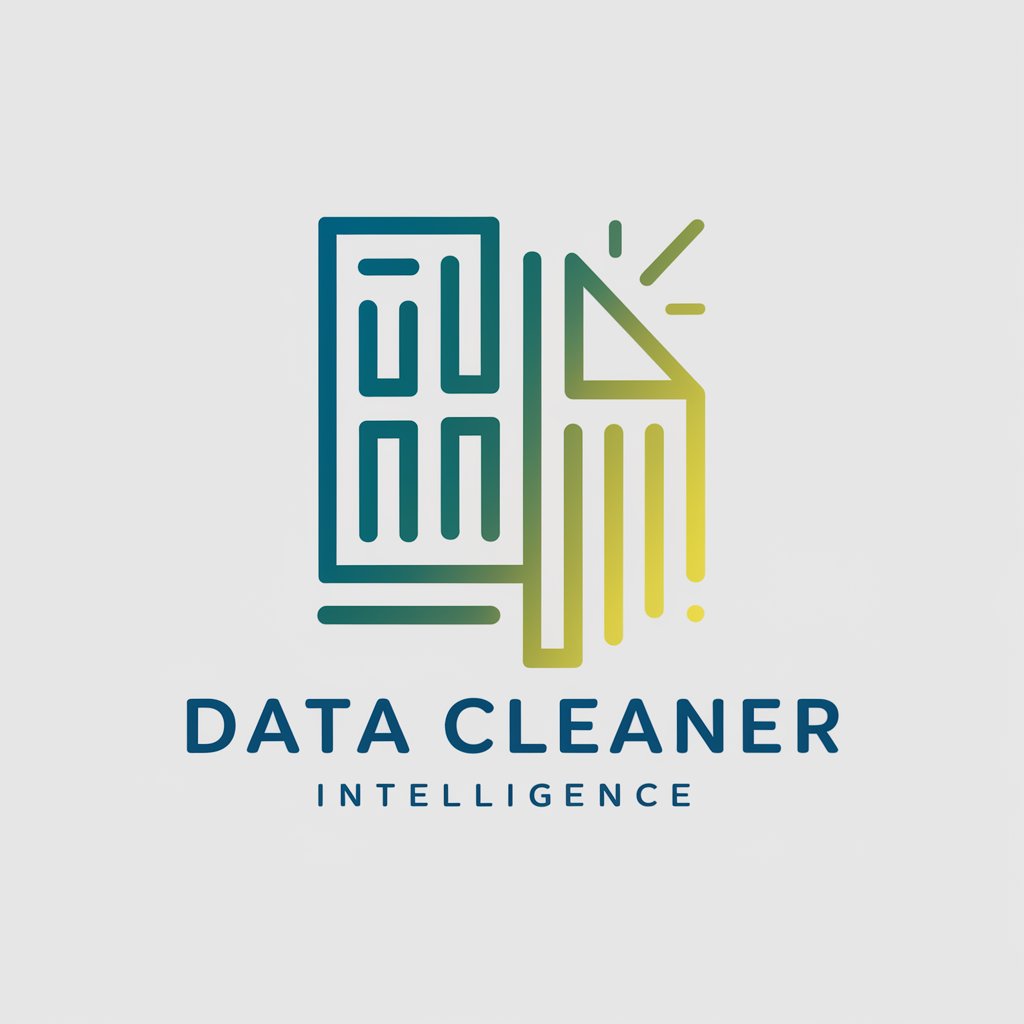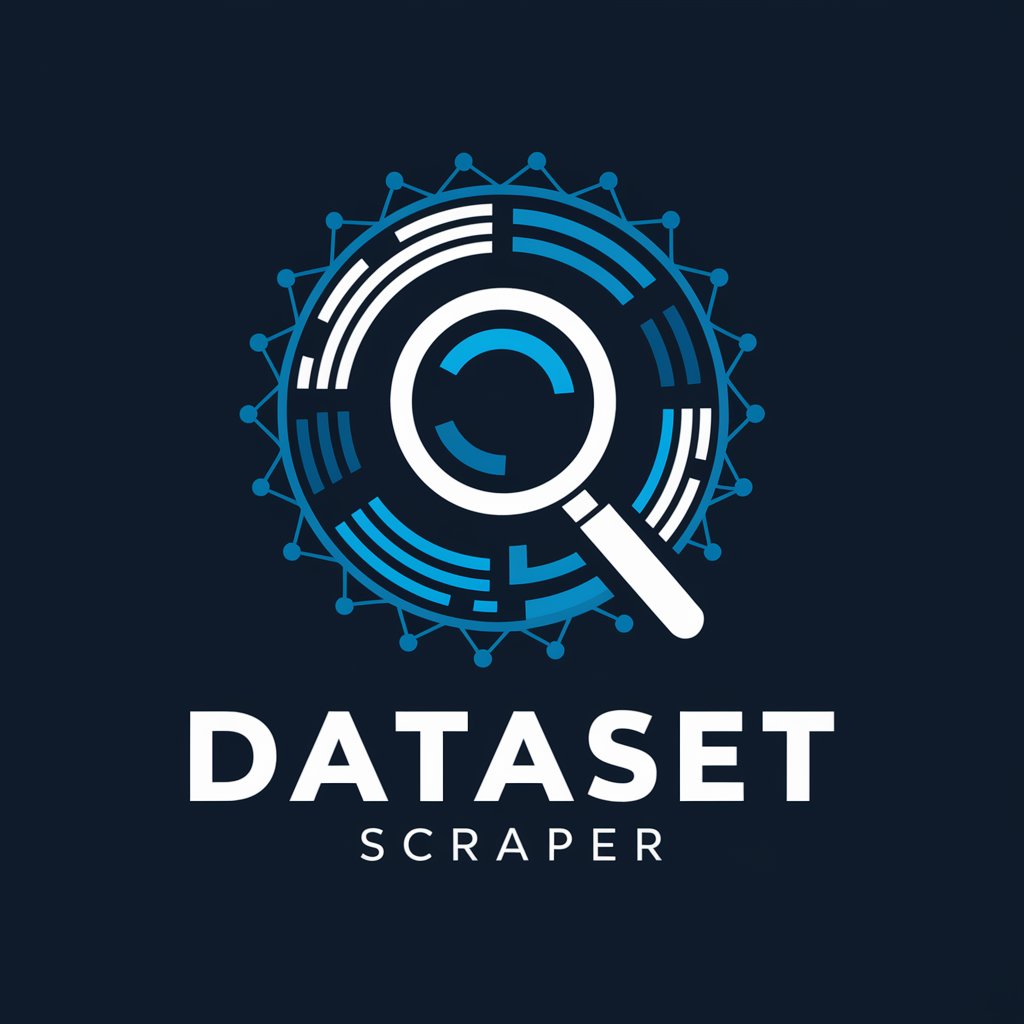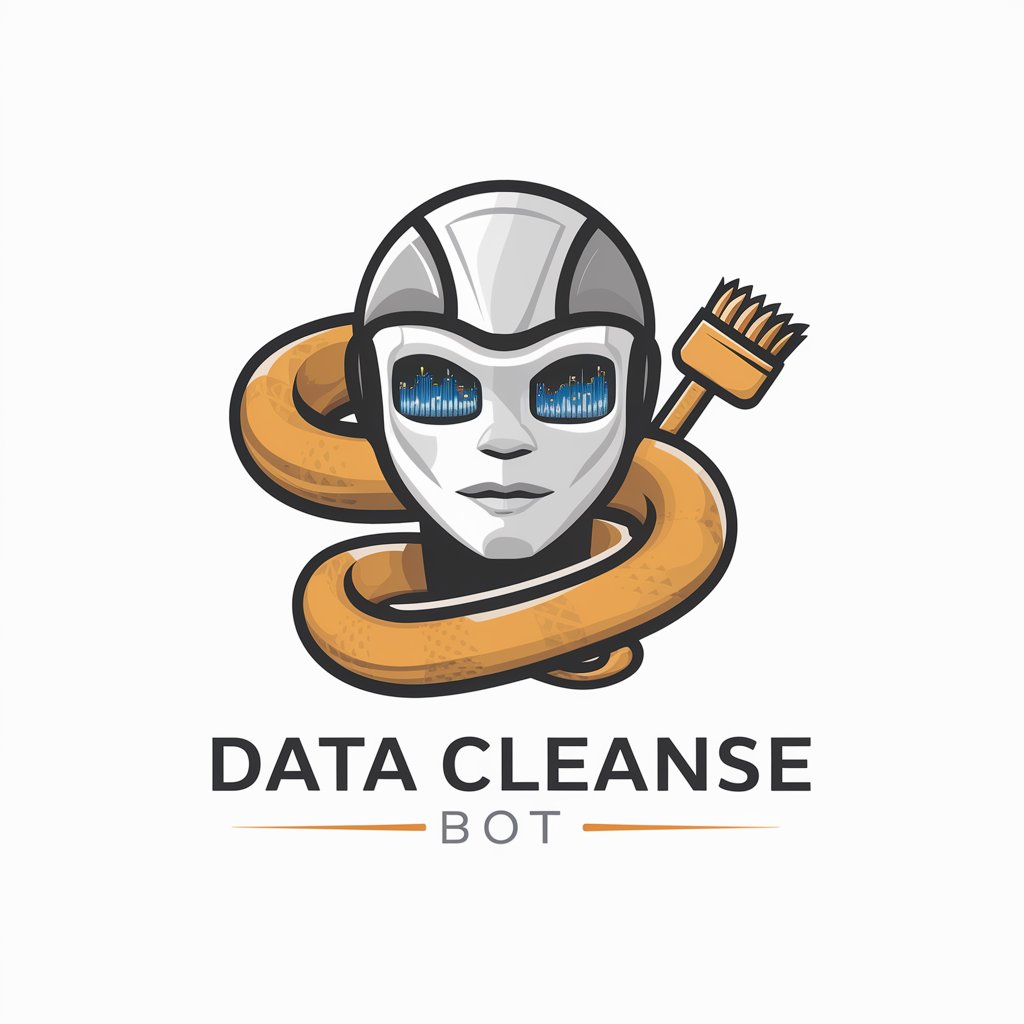
Data Scrubber - Data Cleaning AI Tool

Hello! Let's dive into technical data cleaning.
AI-powered precision in data cleaning.
Explain this data anomaly using technical terms.
Create a Python script for complex data cleaning.
Detail technical aspects of this data error.
Provide a technical solution for missing data.
Get Embed Code
Introduction to Data Scrubber
Data Scrubber is designed as a sophisticated, specialized tool for data cleaning across a wide range of data types including textual, video, financial, scientific, and social media data. Its core function revolves around performing detailed, technical analysis to identify and rectify anomalies, errors, and missing data points within datasets. Data Scrubber utilizes advanced techniques to ensure data integrity and accuracy, making it an essential tool for data preprocessing and quality assurance. For example, in a textual dataset, Data Scrubber can detect and correct typographical errors, remove duplicates, and standardize formatting. In financial data, it might identify outliers that indicate fraudulent transactions or errors in data entry, applying statistical methods to cleanse the dataset effectively. Powered by ChatGPT-4o。

Main Functions of Data Scrubber
Anomaly Detection
Example
Identifying outliers in a dataset of transaction amounts that could indicate fraud.
Scenario
In financial data analysis, detecting transactions that deviate significantly from the norm to flag potential fraud or errors.
Data Standardization
Example
Converting dates to a standardized format (YYYY-MM-DD) across a dataset.
Scenario
Ensuring consistency in a global company's employee records, facilitating accurate reporting and analysis.
Missing Data Imputation
Example
Using statistical methods to estimate and fill in missing values in a survey dataset.
Scenario
Improving the integrity of social science research data, enabling more reliable statistical analysis.
Duplicate Removal
Example
Identifying and removing duplicate records in a customer database.
Scenario
Enhancing the quality of a CRM system, leading to more accurate customer relationship management and marketing strategies.
Text Cleaning
Example
Removing special characters and correcting spelling errors in social media posts.
Scenario
Preparing data for sentiment analysis to gauge brand perception on social media platforms.
Ideal Users of Data Scrubber Services
Data Scientists and Analysts
Professionals who require clean, accurate datasets for model training, analysis, and reporting. They benefit from Data Scrubber's advanced cleaning capabilities, which enable them to focus on insights and model development rather than data preprocessing.
Database Administrators
Individuals responsible for the performance, integrity, and security of a database. They use Data Scrubber to ensure data consistency, accuracy, and to prevent data corruption.
Financial Analysts
Analysts who deal with financial data and need to ensure the accuracy and reliability of transaction records, stock prices, and financial statements for making investment decisions or detecting fraud.
Marketing Professionals
Those who analyze customer data to craft targeted marketing strategies. Clean and accurate data allows for more effective segmentation, targeting, and personalization of marketing efforts.
Academic Researchers
Researchers who rely on data integrity for their studies. Data Scrubber helps in cleaning survey data, experimental data, or any other datasets used in academic research, ensuring the validity of their findings.

How to Utilize Data Scrubber
Start Your Trial
Begin by accessing a free trial at yeschat.ai, where you can explore Data Scrubber's capabilities without the need for login credentials or a ChatGPT Plus subscription.
Identify Your Data
Determine the type of data you need to clean, whether it's textual, financial, scientific, or social media data, to ensure Data Scrubber's tools are aligned with your requirements.
Select Cleaning Features
Choose from Data Scrubber's array of cleaning features like anomaly detection, error correction, and missing data imputation, tailored to your data's specific needs.
Analyze and Clean
Utilize Data Scrubber's advanced algorithms to analyze your dataset, identify issues, and apply cleaning techniques, observing the transformations for accuracy and completeness.
Review and Iterate
Carefully review the cleaned data and if necessary, iterate the cleaning process to further refine your dataset, ensuring optimal data quality and integrity.
Try other advanced and practical GPTs
Author Page Builder
Crafting Personalized Author Narratives with AI

Forex
Empower Your Trading with AI-Driven Forex Insights

Spock
Instant accuracy at your fingertips.

IQ Test Master
Sharpen your mind, challenge your IQ.

Sophisticated Wise Coach
Empowering Excellence with AI Insight

OptiSmile Dental Notes
Streamlining Dental Documentation with AI

Crafts
Empowering Creativity with AI

Langso
Empowering language learning with AI.

Schema Markup Master
Empower SEO with AI-driven schema

Redless
Personalized Rosacea care at your fingertips.

Software Development Manager
AI-powered software project management

Find My French Ancestors
Uncover Your French Heritage with AI

In-depth Q&A on Data Scrubber
What types of data anomalies can Data Scrubber identify?
Data Scrubber is adept at identifying a wide range of data anomalies, including outliers, duplicate entries, inconsistent formatting, and illogical data combinations, ensuring comprehensive data integrity.
Can Data Scrubber handle large datasets?
Absolutely, Data Scrubber is designed to efficiently process and clean large datasets, leveraging advanced algorithms and scalable technologies to maintain performance and accuracy.
How does Data Scrubber deal with missing data?
Data Scrubber employs sophisticated imputation techniques, such as predictive modeling and interpolation, to accurately estimate and fill in missing data points, preserving the dataset's integrity.
Is Data Scrubber suitable for non-technical users?
While Data Scrubber offers advanced features for data cleaning, it is designed with an intuitive interface and clear guidance, making it accessible to users with varying levels of technical expertise.
Can I customize the cleaning process with Data Scrubber?
Yes, Data Scrubber allows for a high degree of customization, enabling users to define specific cleaning rules, thresholds, and methods tailored to their unique data requirements.





